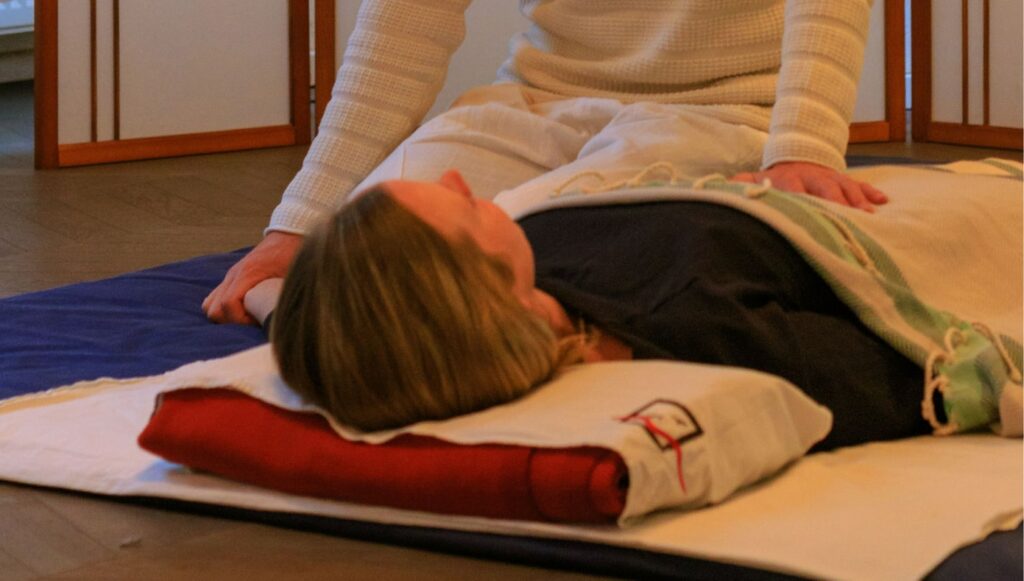Imbalances in the Water Element can manifest in a variety of ways, both physically and emotionally. Because the Water Element governs both structure and fluidity, its imbalance is often reflected in the body’s ability to maintain form and stability.
Physical Symptoms of Water Element Deficiency:
Brittle bones: weak Water Element leads to a loss of bone density, causing the bones to become fragile and prone to injury.
Spinal problems: The Water Element is closely tied to the spine, which is responsible for holding the body upright. When Kidney energy is low, issues like lower back pain or spinal misalignment often arise.
Weak tendons and joints: tendons and joints may become unstable when the Water Element is imbalanced. This can manifest as joint pain or stiffness, especially in the ankles and knees.
Hormonal imbalances: When Kidney energy is depleted, the body may experience hormonal fluctuations, leading to fatigue, irritability, or changes in mood.
Split nails and brittle teeth: The Water Element governs the strength of nails and teeth: splitting nails or teeth prone to decay, indicates a deficiency in the Water Element.
Hair thinning: thinning hair or hair that splits easily is a common sign of weakened Water energy.
Emotional Symptoms of Water Element Imbalance:
Lack of willpower: When the Water Element is deficient, there is a noticeable decrease in motivation and the ability to move forward in life. Everything becomes an effort, and there is a tendency to hesitate or procrastinate, waiting for external stimuli to push into action.
Fear of action: This lack of willpower often leads to fear—fear of taking risks, making decisions, or moving forward. The person feels stuck.
Insecurity and paranoia: When the Bladder is weak, feelings of insecurity and paranoia emerge. The body’s physical structure feels unstable, and this instability translates into emotional fear. People may feel unsupported or afraid that something bad will happen to them.


